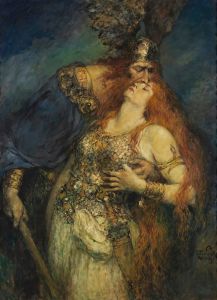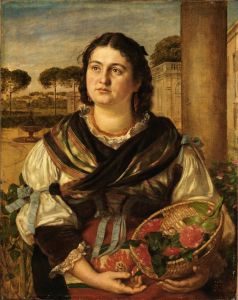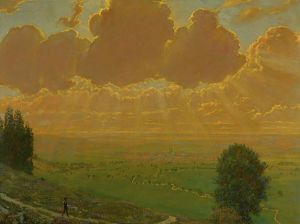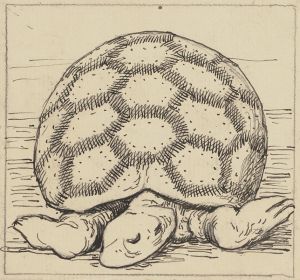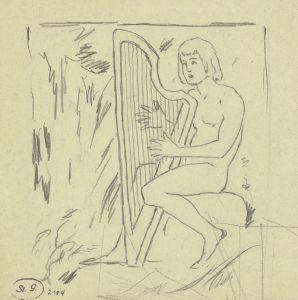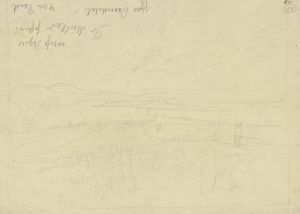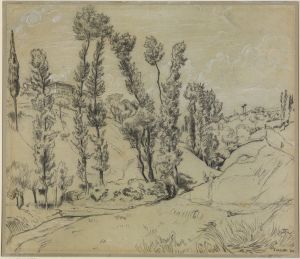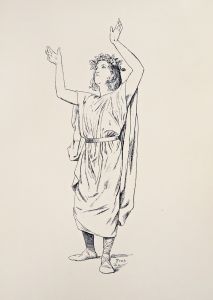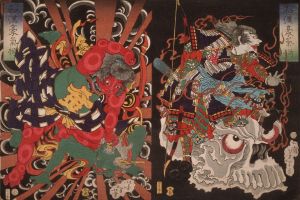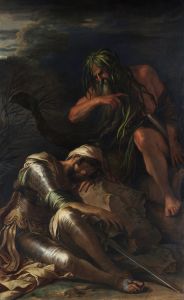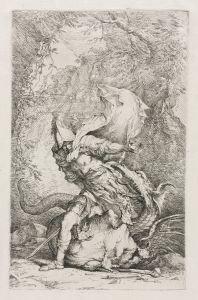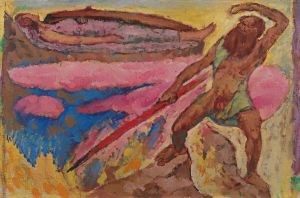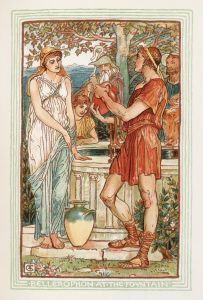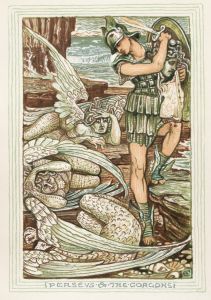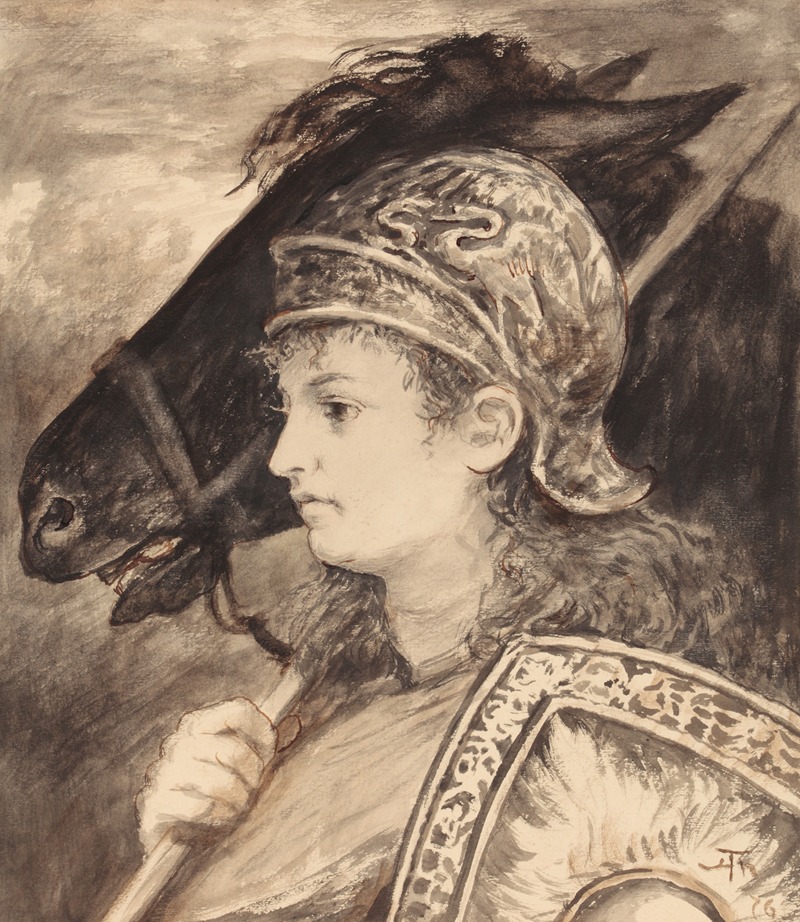
Brunhilda with Grane
A hand-painted replica of Hans Thoma’s masterpiece Brunhilda with Grane, meticulously crafted by professional artists to capture the true essence of the original. Each piece is created with museum-quality canvas and rare mineral pigments, carefully painted by experienced artists with delicate brushstrokes and rich, layered colors to perfectly recreate the texture of the original artwork. Unlike machine-printed reproductions, this hand-painted version brings the painting to life, infused with the artist’s emotions and skill in every stroke. Whether for personal collection or home decoration, it instantly elevates the artistic atmosphere of any space.
Hans Thoma's painting Brunhilda with Grane is a work by the German painter Hans Thoma (1839–1924), a prominent figure in 19th-century German art. Thoma is known for his landscapes, portraits, and mythological themes, often drawing inspiration from German folklore and Romanticism. This particular painting depicts Brunhilda, a character from Germanic mythology and medieval literature, alongside her horse, Grane.
Brunhilda, also spelled Brünnhilde or Brynhildr, is a central figure in the Nibelungenlied, a Middle High German epic poem, and in Norse sagas such as the Völsunga saga. She is often portrayed as a valkyrie or shieldmaiden, a warrior woman associated with Norse mythology. Grane, her horse, is traditionally linked to the legendary steed of the hero Sigurd (or Siegfried), who plays a significant role in the same mythological narratives.
The painting reflects Thoma's interest in mythological and allegorical subjects, which were popular during the 19th century, particularly in the context of the German Romantic movement. This period saw a revival of interest in national myths and legends, partly as a response to the growing sense of German cultural identity. Thoma's work often combines a sense of realism with a dreamlike or symbolic quality, and Brunhilda with Grane is no exception.
The composition of the painting emphasizes Brunhilda's strength and dignity, with her figure and the horse rendered in a way that conveys both physical presence and a sense of mythic grandeur. Thoma's use of color and light enhances the ethereal quality of the scene, while the detailed depiction of the natural surroundings reflects his skill as a landscape painter.
While Hans Thoma is not as widely known internationally as some of his contemporaries, his work remains significant within the context of German art history. Brunhilda with Grane exemplifies his ability to merge mythological themes with a personal and distinctive artistic style.
Further details about the specific circumstances of the painting's creation, such as its exact date or its current location, are not widely documented.





